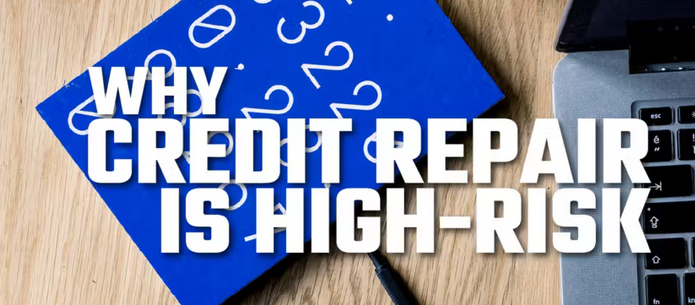When it comes to accepting payments online, two of the biggest names in the industry are Stripe and PayPal. Both payment processors offer a range of features and benefits, but choosing the right one for your business can be a difficult decision.
One of the key differences between Stripe and PayPal is the fees they charge. Stripe charges a flat rate of 2.9% plus 30 cents per transaction, while PayPal charges a variable rate that starts at 2.9% plus 30 cents and can go up to 4.4% plus 30 cents for international transactions. This can make a big difference for businesses that process a high volume of transactions or operate on narrow profit margins.
Another important factor to consider is the ease of use and integration with other platforms. Both Stripe and PayPal offer a range of integrations with popular ecommerce platforms and other software, but the ease of use can vary. Stripe is known for its simple and intuitive interface, while PayPal can be more complicated to set up and use, especially for more complex integrations.
In terms of features, both Stripe and PayPal offer a range of tools to help businesses manage payments, including invoicing, dispute resolution, and chargeback protection. However, Stripe is known for its more advanced fraud detection and prevention tools, which can be important for businesses that operate in high-risk industries or have a high volume of transactions.
Finally, it’s important to consider the customer experience when selecting a payment processor. Both Stripe and PayPal offer a range of payment options and a streamlined checkout process, but the user experience can differ. Stripe’s checkout is known for its modern and clean design, while PayPal can feel dated and less user-friendly.
In conclusion, choosing between Stripe and PayPal depends on the unique needs of your business. While both payment processors offer a range of features and benefits, the differences in fees, ease of use, features, and user experience can make one a better fit for your business than the other. By carefully evaluating your needs and comparing the features and costs of each payment processor, you can make an informed decision that helps you optimize your payment processing and grow your business. Feel free to reach out to us at GetPayment so we can help you in greater detail!




